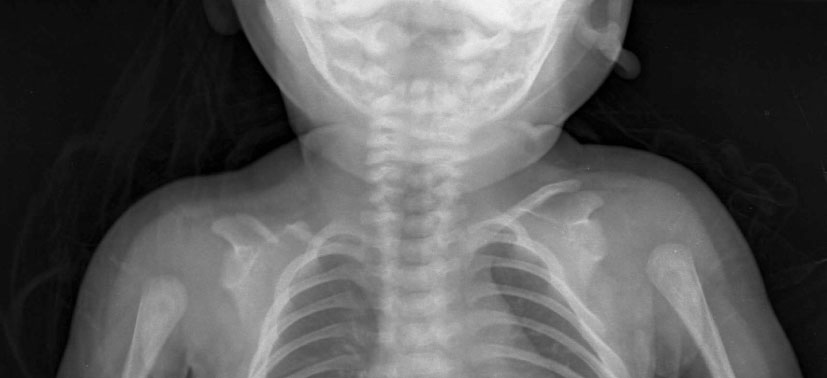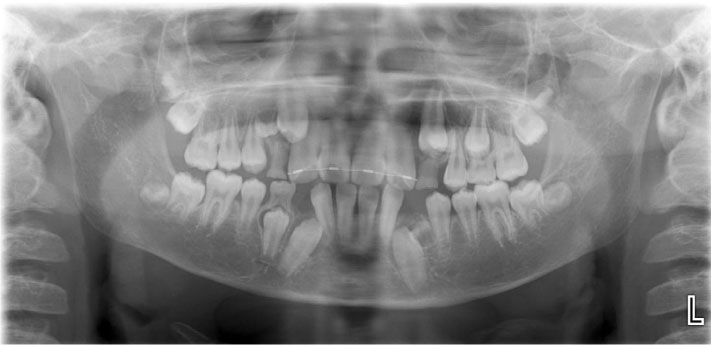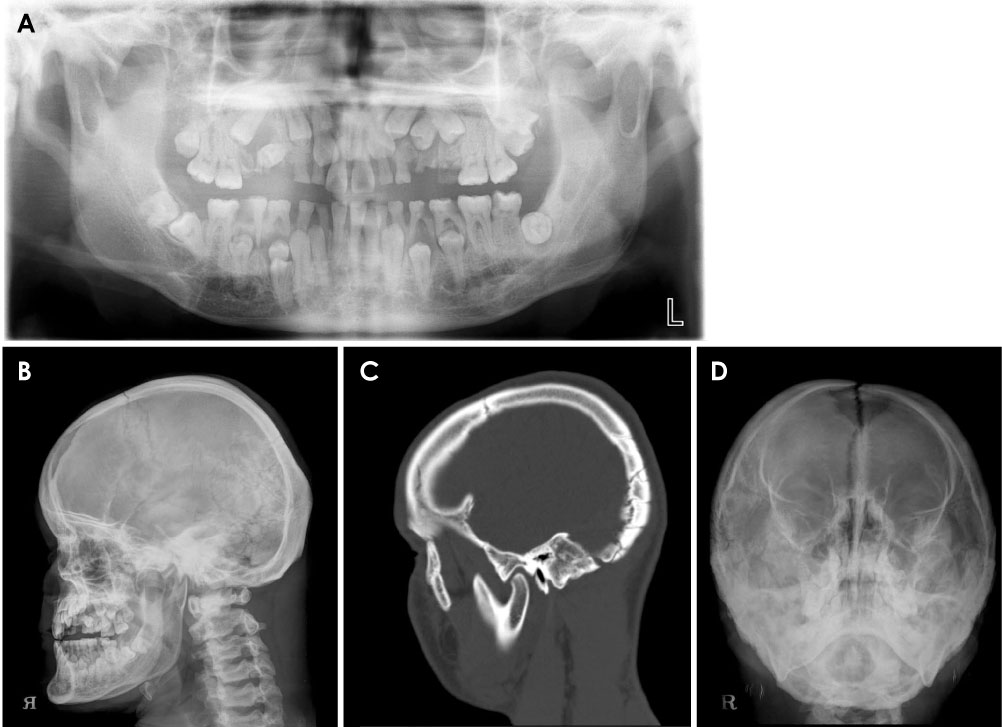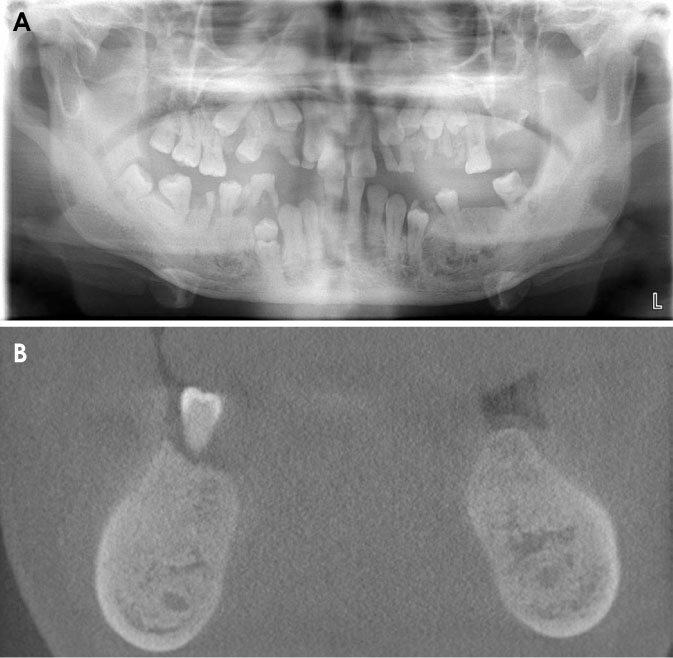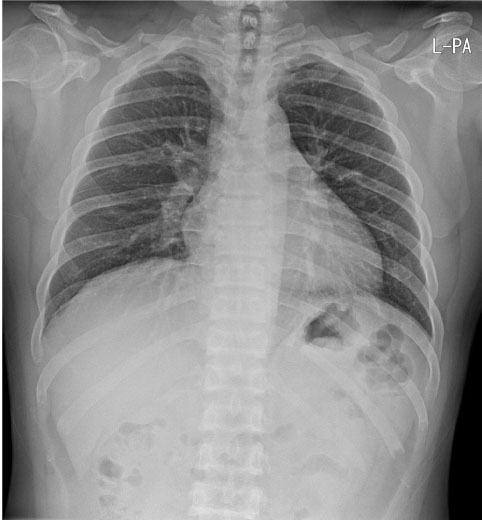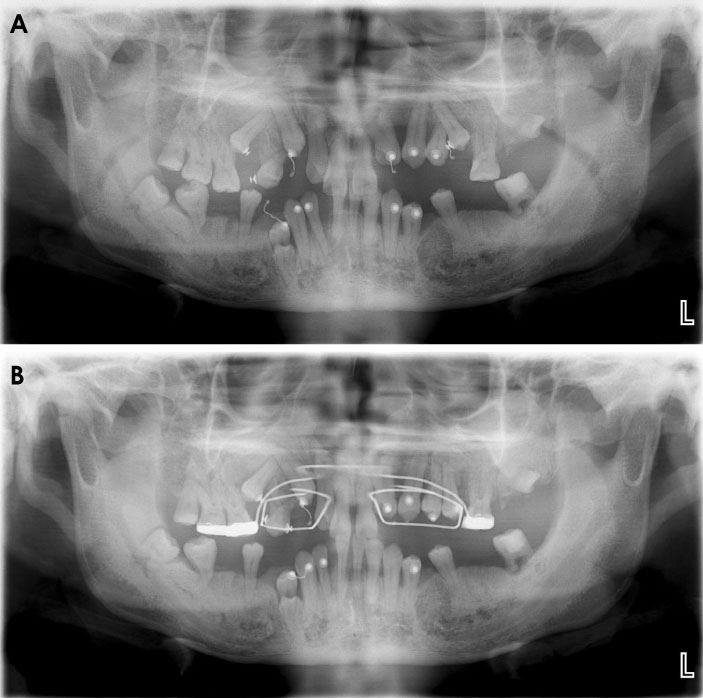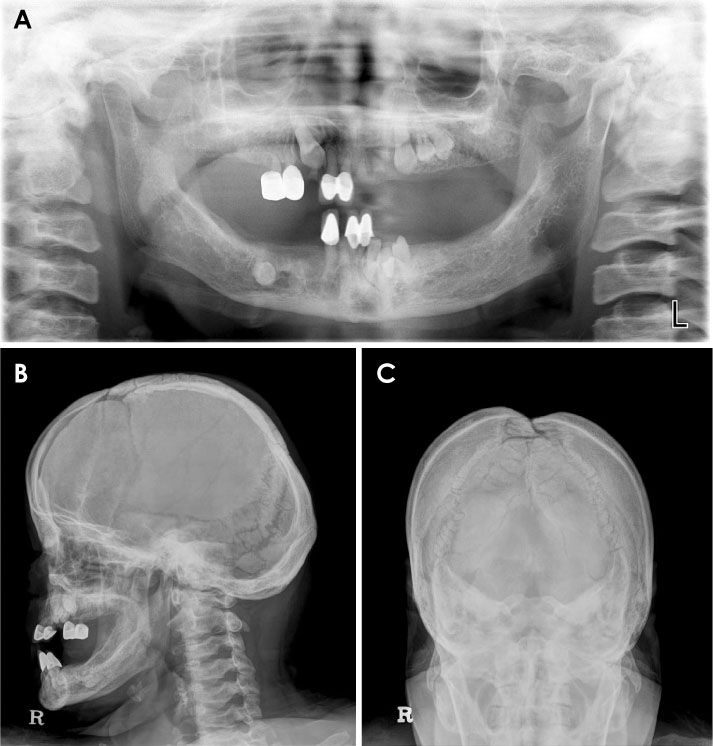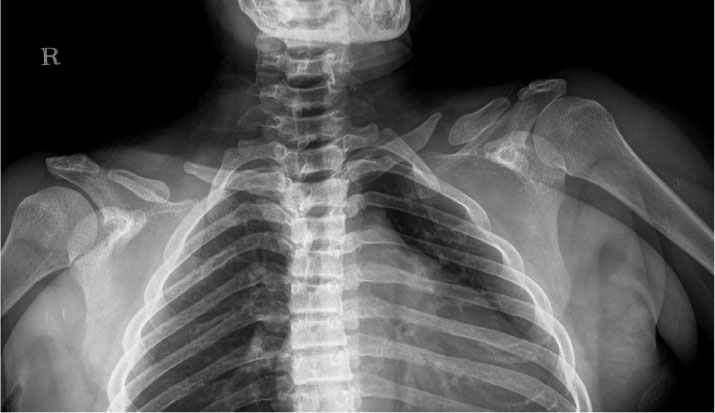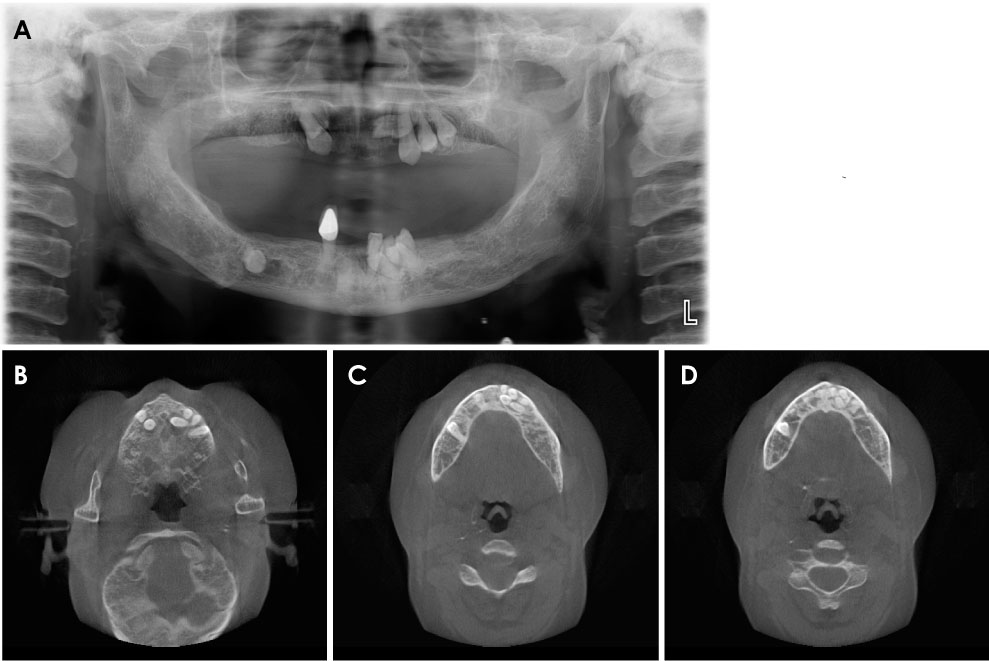Imaging Sci Dent.
2019 Dec;49(4):307-315. 10.5624/isd.2019.49.4.307.
Case series of cleidocranial dysplasia: Radiographic follow-up study of delayed eruption of impacted permanent teeth
- Affiliations
-
- 1Department of Oral and Maxillofacial Radiology, Research Institute of Dental Education, College of Dentistry, Wonkwang University, Iksan, Korea. eebydo@wonkwang.ac.kr
- 2Department of Oral and Maxillofacial Surgery, Research Institute of Dental Education, College of Dentistry, Wonkwang University, Iksan, Korea.
- 3Department of Orthodontics, Research Institute of Dental Education, College of Dentistry, Wonkwang University, Iksan, Korea.
- KMID: 2466554
- DOI: http://doi.org/10.5624/isd.2019.49.4.307
Abstract
- This report describes 3 cases of cleidocranial dysplasia (CCD) and presents relevant findings on long-term follow-up radiographic images of impacted permanent teeth with delayed eruption. Radiographic images of 3 CCD patients were reviewed retrospectively. These images were mainly composed of panoramic and skull radiographs, and the follow-up periods were 3, 13, and 13 years, respectively. The distinct features revealed by the images were described, and the eruption state of impacted permanent teeth was evaluated. The features common to the 3 cases were multiple supernumerary teeth, the presence of Wormian bone, underdevelopment of the maxilla and the maxillary sinus, and clavicular hypoplasia. The eruption of impacted permanent teeth was not observed without proper dental treatment in adult CCD cases, even after long time periods had elapsed. When proper orthodontic force was applied, tooth movement was observed in a manner not significantly different from the general population.
Keyword
MeSH Terms
Figure
Reference
-
1. McNamara CM, O'Riordan BC, Blake M, Sandy JR. Cleidocranial dysplasia: radiological appearances on dental panoramic radiography. Dentomaxillofac Radiol. 1999; 28:89–97.
Article2. Zhang YW, Yasui N, Ito K, Huang G, Fujii M, Hanai J, et al. A RUNX2/PEBP2αA/CBFA1 mutation displaying impaired transactivation and Smad interaction in cleidocranial dysplasia. Proc Natl Acad Sci U S A. 2000; 97:10549–10554.3. Roberts T, Stephen L, Beighton P. Cleidocranial dysplasia: a review of the dental, historical, and practical implications with an overview of the South African experience. Oral Surg Oral Med Oral Pathol Oral Radiol. 2013; 115:46–55.
Article4. Golan I, Baumert U, Hrala BP, Müssig D. Dentomaxillofacial variability of cleidocranial dysplasia: clinicoradiological presentation and systematic review. Dentomaxillofac Radiol. 2003; 32:347–354.
Article5. Lu H, Zeng B, Yu D, Jing X, Hu B, Zhao W, et al. Complex dental anomalies in a belatedly diagnosed cleidocranial dysplasia patient. Imaging Sci Dent. 2015; 45:187–192.
Article6. Hitchin AD, Fairley JM. Dental management in cleido-cranial dysostosis. Br J Oral Surg. 1974; 12:46–55.
Article7. Counts AL, Rohrer MD, Prasad H, Bolen P. An assessment of root cementum in cleidocranial dysplasia. Angle Orthod. 2001; 71:293–298.8. Lossdörfer S, Abou Jamra B, Rath-Deschner B, Götz W, Abou Jamra R, Braumann B, et al. The role of periodontal ligament cells in delayed tooth eruption in patients with cleidocranial dysostosis. J Orofac Orthop. 2009; 70:495–510.
Article9. Nebgen D, Wood RS, Shapiro RD. Management of a mandibular fracture in a patient with cleidocranial dysplasia: report of a case and review of the literature. J Oral Maxillofac Surg. 1991; 49:405–409.
Article10. Mundlos S. Cleidocranial dysplasia: clinical and molecular genetics. J Med Genet. 1999; 36:177–182.11. Manjunath K, Kavitha B, Saraswathi TR, Sivapathasundharam B, Manikandhan R. Cementum analysis in cleidocranial dysostosis. Indian J Dent Res. 2008; 19:253–256.
Article12. Lukinmaa PL, Jensen BL, Thesleff I, Andreasen JO, Kreiborg S. Histological observations of teeth and peridental tissues in cleidocranial dysplasia imply increased activity of odontogenic epithelium and abnormal bone remodeling. J Craniofac Genet Dev Biol. 1995; 15:212–221.13. Suda N, Hamada T, Hattori M, Torii C, Kosaki K, Moriyama K. Diversity of supernumerary tooth formation in siblings with cleidocranial dysplasia having identical mutation in RUNX2: possible involvement of non-genetic or epigenetic regulation. Orthod Craniofac Res. 2007; 10:222–225.14. Jensen BL, Kreiborg S. Development of the dentition in cleidocranial dysplasia. J Oral Pathol Med. 1990; 19:89–93.
Article15. Tanaka JL, Ono E, Filho EM, Castilho JC, Moraes LC, Moraes ME. Cleidocranial dysplasia: importance of radiographic images in diagnosis of the condition. J Oral Sci. 2006; 48:161–166.
Article

